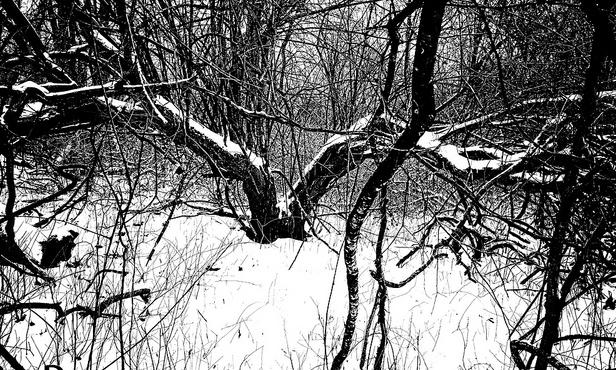The Polar Vortex Is Annoying, But It Could Be Good For Your Backyard
The unceasing cold weather has been decimating the populations of destructive insects that cause more than $2.1 billion in economic losses for the U.S. annually, Quartz reports.
Invasive insects such as the gypsy moth, hemlock woolly adelgid, and emerald ash borer have been dying thanks to the frigid temperatures this winter.
The adelgid population, which feeds off of hemlock forests lining the east coast, has all but disappeared in some parts of North Carolina and about 80% of the population in Massachusetts has died, officials say.
Gypsy moths and the emerald ash borer, which have killed millions of trees over the past decade, have also been dying in large numbers.
The colder than normal temperatures may also have an adverse affect on steps forest officials have made to combat invasive insects. Predator insects that are released to take out the invasive species are also dying off. Parasitoid wasps that are used to control emerald ash borers in Michigan and other states are more vulnerable than their prey.
While this year’s harsh winter may be helping keep costs of destruction down, it’s not likely to last long.
Officials say the extreme weather that’s bringing about the Polar Vortex maybe also be making winters warmer on average. And warmer winters mean the U.S. is becoming more hospitable to invasive species.
Stop hating the polar vortex: It’s killing some of the nastiest invasive insects around [Quartz]
Want more consumer news? Visit our parent organization, Consumer Reports, for the latest on scams, recalls, and other consumer issues.


